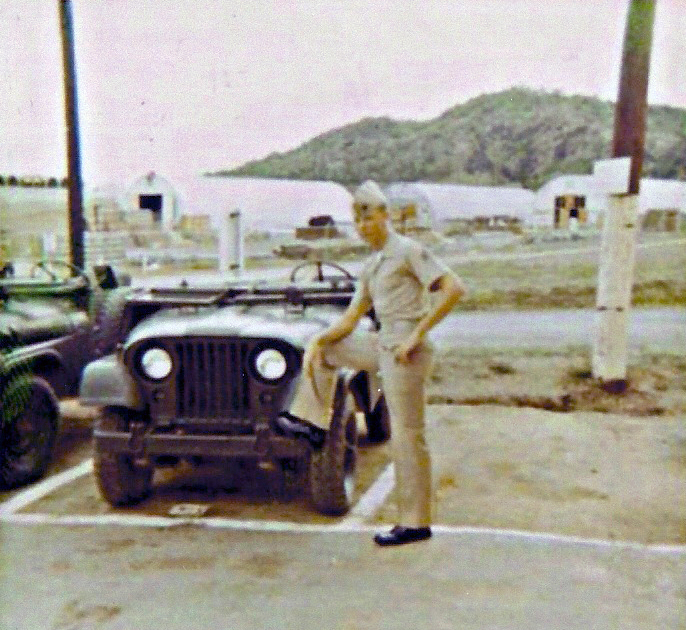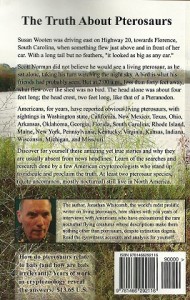Giant pterosaurs in Australia may be related to the ropen of Papua New Guinea, to the north, and to the kongamato of Africa, to the west.
During his farm chores, between 9:00 p.m. and 10:00 p.m., he [a boy of about twelve years old] forgot something and had to backtrack. When he looked back at where he had been, at the door of a shed, he saw a large creature with wings. It was on the roof of the shed, just above the door where he had recently been standing.
Although terrified, the boy had a brief view of the body and wings of the creature. It was larger than an average man six feet tall, with wings that folded to the side and back, reminiscent of bat wings. The boy ran to his house for help, but his parents saw nothing; by the time they had responded, the creature was gone.
High Altitude Pterosaur in Victoria, Australia
Late in 2009, I received an email from a man in Victoria, Australia.
Dear Jonathon,
After many misgivings about going “public” as it were, I have decided to contact you with my experience of sighting what I believe to have been a Pterodactyl.
I live in Australia in the state of Victoria near the Dandenong Ranges about 25 klms east of Melbourne.
I am not a whacko just a normal family man, married with a wife of 40 years and two grown up sons and twin grandchildren. I have held a Real Estate Agent’s Licence . . . and worked as an Agent . . . and then in the Commonwealth Public Service for . . . years until my retirement
I cannot be sure of the year of the sighting now as I put it out of my mind for fear of being labelled a nut but I think it would have been around the late 1990’s.
I was standing outside about nine o’clock one night. It was full moon and very bright with a cloud bank to the south east extending to and over the Ranges. Mt. Dandenong is about 2000 feet high and the clouds were much higher than this.
I glanced to the south and [saw] . . . something flying that appeared to be at the height of light planes that fly around here as Moorabbin Airport is not far away. This thing was at least as large as a light plane, say a Cesna. It was about 5 klms away and was lazily flapping it’s wings . . . It appeared to be lit up by the moonlight and shining as if it had no feathers. . . . I could see it quite clearly. . . . for about 5 mins whence it disappeared into the cloud bank. I estimate it was flying at a height higher than Mt Dandenong.
Probably the most famous sighting in Australia is of the Perth Pterosaur.
Consider the eyewitness evidence, including this account of a man who was taking a walk with his wife near Perth, Australia, in December, 1997:
“We had been walking in the evening and had just crested a hill and were on the down slope along a major thoroughfare. In the distance I perceived an object in the sky . . . some sort of flying creature, and my first thought was that it must be some very large bird . . .
“At this time it was about a quarter mile north of us and quite high. . . Within a minute or so it had reached our position and was about 250 or 300 feet above us and slightly inland. The area was moderately well lit and I saw that it seemed to be a light reddish-tan color. It did not appear to be covered with feathers but had a leathery texture. Soon after it passed us it flew over a more brightly lit sports area which highlighted even more the leathery appearance also bringing more detail to view . . .
“[I] estimated the size to be in excess of thirty foot, possibly as great as fifty foot. My eyes told me it was nearer the greater of these, my rational mind wants me to believe the lesser, since either of these is astounding for a flying creature . . .”




